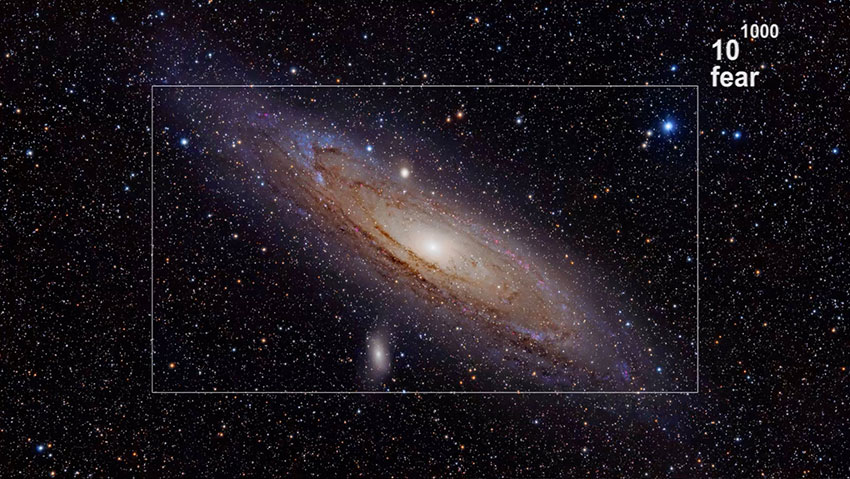Southerners
It is not hard to imagine that for those born in Naples in the second half of the eighties, it was an enormous misfortune to be too young to remember the moments we could admire him playing football. The Argentine, Diego Armando. Yet is his name strongly imprinted the memory of an entire population. Maradona was not only an extraordinary athlete, but he was their like, and elected as a symbol of their city for that reason. In the decade, Naples reached the top of the bel paese 3 twice for its football. Spotlights lit Fuorigrotta 4 . The temple of boundless talent and an emblem of redemption of a city was proudly re-launching itself in the eyes of the country.
At the feet of the volcano
I have only a few blurred memories of S.S.C. Napoli, which I admired as a child at the stadium. It was already post-Maradona. I have experienced and better comprehended the San Paolo stadium as a young adult. During the years that preceded my departure towards the north of Europe, I frequented it assiduously, mirrored myself in it, and appropriated it through the chants sung at the top of my lungs until making my tonsils burn for days to come. I have felt the stadium within me as earthquakes that shake the soul rather than the body. It happens all of a sudden. Enormous explosions of happiness that took place between 9th of November 1986 and 10th of May 1987, and spread out in a capillary manner in every corner of the city, not only reached the minds of those who were living in the territory. I’m convinced that they expanded until reaching those like myself, who were only about to see the light for the first time.
I open my eyes. In the meantime, the whistle of the wind has intensified. It brings along fragments of sounds of a celebrating city. I can recognize the dialect until the point I perceive its image. Driven by the desire to let it soak into the walls, I throw the window open. Suddenly everything fades away along with a sound of a car moving further away on the street. Thus, smiling, I return to appreciate the silence of my room.__
February 2016 | Eindhoven.
Figli del Vesuvio was triggered by a photo Corradino Garofalo took while walking with his mother in Naples in 2014.
Bel paese is a poetical appellative for Italy, meaning the “beautiful country” in Italian. The appellation refers to the country’s mild weather, cultural heritage and natural endowment. ←
Fuorigrotta is one of the two quarters that form the tenth municipality of the city of Naples in Southern Italy. Located beyond the Posillipo hill, it is attached to the main body of Naples by two traffic tunnels running through the hill. Stadio San Paolo, home of the Serie A team S.S.C. Napoli, is located in Fuorigrotta. ←
![[01] Figli del Vesuvio, December 2014, Corso Vittorio Emanuele, Naples. © Corradino Garofalo, 2014 all rights reserved.](https://www.fictional-journal.com/wp-content/uploads/2016/03/FJ01-Corradino-Garofalo_Vesuvio_web_main.jpg)






